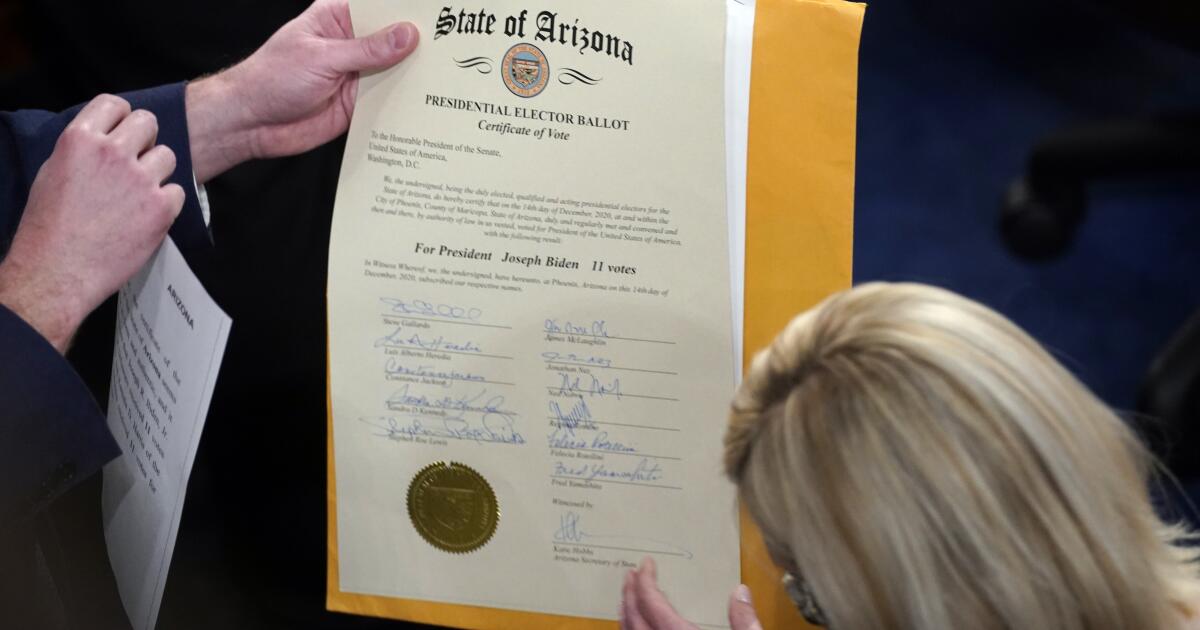
How swing states came to be critical in U.S. presidential elections
NPRHow swing states came to be critical in U.S. presidential elections toggle caption Scott Olson/Getty Images When Swarthmore, Pa., resident Scott Richardson first voted in a U.S. presidential election, it was for Democrat Jimmy Carter in 1976. toggle caption Ronda Churchill/AFP via Getty Images “Swing states have increasingly become not just states that flip back and forth, but states, given the relative polarization and certainty of other states voting particular ways, these are the small cluster of states that truly are going to decide the presidential election,” said David Schultz, a professor of political science and legal studies at Hamline University and editor of Presidential Swing States: Why Only Ten Matter. toggle caption Justin Sullivan/Getty Images “That’s an interesting part of the puzzle, the migration patterns,” said David Damore, a University of Nevada, Las Vegas professor of political science and coauthor of Blue Metros, Red States: The Shifting Urban/Rural Divide in America’s Swing States. Do they bring their blue state politics?” Additionally, Damore noted that social issues are largely replacing economic differences and driving the political conversation in swing states.
History of this topic

Swing States: The Crucial Battleground States in the 2024 Presidential Election
Hindustan Times
How Have the Seven Swing States Voted in the Past?
Al Jazeera
Which states are swing states? Here are the results to watch this year
NPR
Understanding Blue and Red States: A Deep Dive into the Political Landscape
Hindustan Times
Swing States: A Guide to Understanding the Crucial Battlegrounds in the 2024 Election
Hindustan Times
The Crucial Battleground States: A Crucial Factor in the U.S. Presidential Election
The Hindu
Swing state map: Polls move in Trump’s direction, but the race remains tight
NPR
Tight Race in Swing States: Harris Holds Narrow Lead in Pennsylvania, Trump Close in Wisconsin and Arizona
Hindustan TimesBeyond Kamala Harris and Donald Trump, a multitude of small things can change the US election
ABC
Swing states
China DailyThe Hindu Explains | What are swing States in U.S. polls?
The Hindu
The battle to be the president of the swing states of America (opinion)
CNN
Swing states: The three biggest myths (opinion)
CNN
US election explainer: The ‘battleground’ states to watch
Al JazeeraDiscover Related




)




































